How To Calculate Time For Different Time Zones - Surprising Facts About Time Zones
♦ How Many Time Zones Are in The US?
♦ What Time Is It In London: Time Zone, Time Difference and Clock
 |
| Sinple Tips To Calculate Time For Different Time Zones - Photo: KnowInsiders.com |
| Contents |
Before clocks were invented, people used the sun to determine the time of day. Today, the way to calculate time on Earth has been determined. It has created consistency in timing. So what is the formula for calculating time? How many time zones are there on the earth's surface? Read on to know more.
How Are Time Zones Determined?
What you may know as the prime meridian -- or more formally the Greenwich Meridian -- is the initial division line for all time zones. It's where dividing the Earth up into regions effectively starts.
The prime meridian is an imaginary line -- invisible by all rights -- that runs from north to south along the 0 degree longitude line of Earth. It is more commonly associated with Greenwich, England where the line passes through.
Each of Earth's 24 zones is one hour earlier then the one east of it, which equates to about 15 degrees longitude for each. Although this is the general rule, there's not always a one hour difference between each time zone.
How to calculate time on Earth?
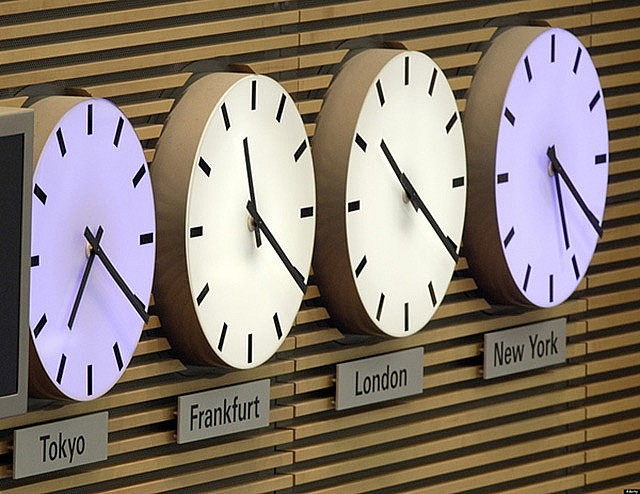 |
| Different locations on Earth have different time zones. |
It’s 7 o'clock in one country but in another country, at the same time it’s 9 o'clock. Why?
That's because of different locations on Earth, leading to different time zones.
How many time zones on Earth?
In fact, because the Earth is spherical, it rotates from East to West. Time also changes from East to West. At a certain time, in some places it is morning, and in some places it has turned night. Cities located at different meridians will have different time zones.
24 meridians divide the Earth into 24 equal parts. Each meridian corresponds to a time zone. This makes it easier for people to calculate the time difference between countries. This division is a common basis, from which specific time zones will be divided according to local agreements to unify the territory of a country.
All time zones on Earth are relative to UTC (coordinated universal time, approximately equal to GMT). That is relative to the hour at meridian 0 through the Greenwich observatory, London, England.
In theory, GMT is solar time. It is calculated and the time is midday – the sun is at the Greenwich meridian. Because the Earth's orbit is a nearly circular ellipse, this has resulted in a time difference on Earth.
The Earth rotates around itself irregularly because of the influence of the Moon, so it slows down. Therefore, using GMT time no longer guarantees accuracy. People replaced GMT with UTC - the coordinated universal time kept by many atomic clocks arranged around the globe. However, the difference between UTC and GMT is negligible.
Formular to calculate time on Earth
Tm = To + M
Tm is time zone
To is GMT time
M is the ordinal number of the time zone
Knowing the time zone of longitude, one can determine the local time. Or vice versa, knowing the local time will calculate the time zone.
TM = Tm ± Dt
Dt is the time difference of longitude between the zone and the longitude to determine the time.
People will base on the location of the meridian to fill in the sign (+) or (-). If the meridian is in the Eastern hemisphere, the above formula will be +Dt and –Dt if it is in the Western hemisphere.
READ MORE: How to Set Multiple Time Zone Clocks on Window 10?
Time in the Eastern and Western hemispheresAccordingly, we can set up the calculation of Earth time in the two hemispheres as follows: Eastern Hemisphere time = GMT time + local time zone Western Hemisphere time = Local time zone – GMT |
| What time zone is the space? The International Space Station follows GMT. Because when you’re orbiting the globe, it just makes sense. |
Surprising facts about time zones on Earth
Our planet is divided into 24 time zones. The time zones on Earth are different, which has created a lot of interesting things.
1. GMT time or UTC time?
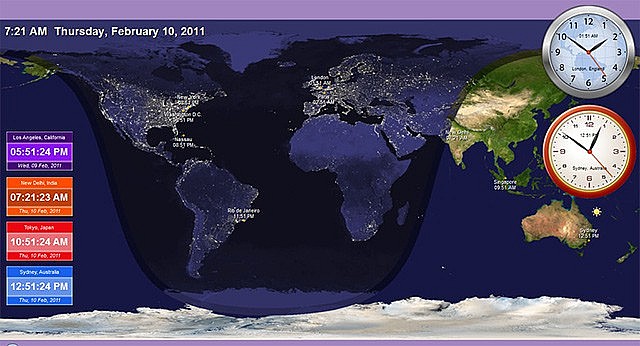 |
| Using GMT or UTC? |
GMT is the base time at Greenwich longitude passing through the Greenwich observatory in London (England). It is located on longitude 0, latitude 51.28.38N, in the Northern Hemisphere. This was the first international standard method of the time. Since 1925, people have used UTC to calculate universal time instead of GMT. In 1972, UTC officially became universal standard time.
The main reason is because the Earth rotates on its own axis at an unstable speed. Therefore, a huge time difference can be created. The researchers added leap seconds to UTC to keep it from being too disparate between time zones.
READ MORE: Current Time In California, United States: Time Difference, Time Zone
| Greenwich Mean Time or GMT is the time displayed by the Shepherd Gate Clock at the Royal Observatory in Greenwich, London. When the sun is at its highest point exactly above the Prime Meridian, it is 12:00 noon at Greenwich. GMT is not affected by Daylight Saving Time (DST) clock changes. The Greenwich Meridian (Prime Meridian or Longitude Zero degrees) is the reference point for every time zone in the world. UTC is the time standard commonly used across the world. The world's timing centers have agreed to keep their time scales closely synchronized - or coordinated - therefore the name Coordinated Universal Time. |
Differences between time zonesThis difference is huge. Because time zones also need to be divided according to the borders between countries. This difference is most evident in countries that have a large territorial width but share the same time zone throughout the territory. China and India have a very large area but only use one time zone across the country. |
2. Smallest time zone
In the Baltic Sea there is a small island owned by Sweden and Finland. Because it belongs to two different countries, the time zone of this island is divided in two. Despite its very small area, the island uses two time zones according to the national boundaries to which it belongs.
3. Hawaiian Islands don't change time: what is the reason?
In winter, the Hawaiian Islands have the same time as Alaska despite having completely opposite weather. Some parts of the United States also do not change the time despite being on different longitudes.
Why doesn't Hawaii observe Daylight Saving Time?Hawaii does not go on daylight time. The islands are so close to the equator that there is only about a one hour longer day in the summer compared to a winter day. Most of the original 48 states have at least a 3+ hour difference. The one hour difference just isn’t practical. |
Hawaii and Alaska share a time zoneYou couldn’t get two more contrasting destinations, one famed for its surfing and beaches, the other for its icy wilderness. But they have a couple of things in common. Volcanoes. And a time zone (but only for half the year, when Alaska observes DST). |
4. France is the country with the most time zones
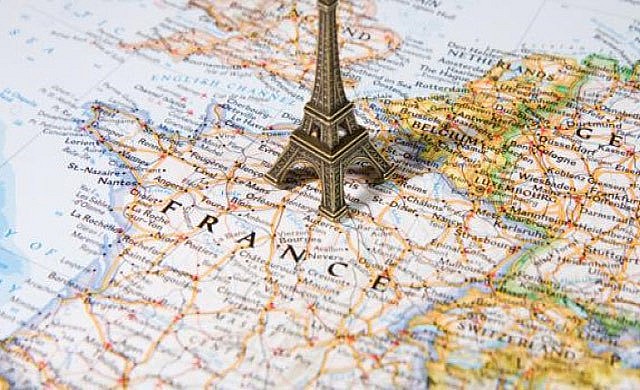 |
| France is the country with the most time zones |
In fact, France only uses UTC + 1 and UTC + 2 time zones. However, at any given time, the whole of France, its provinces and overseas territories will experience 12 different time zones. Because the provinces and territories that France administers may be located outside the borders of Europe and scattered in many parts of the world.
French territory stretches from the Atlantic Ocean, Indian Ocean, South America to Africa. Since they belong to so many different longitudes, they will have different time zones. Therefore, even though it is not the largest country in the world, France still has the largest number of time zones.
5. The biggest country in one time zone
Greenland, the world’s biggest island (Australia is classified as a continent), uses four time zones to administer its 836,109 square miles. But China keeps thing simple. It might have an area of 3,705,407 square miles, but ask each of its 1.4 billion residents for the time and you will get the same answer (it’s GMT+8).
The same is true of India, the whole of which observes GMT +5.30.
6. President Putin deletes some time zones on Russian territory
Russia is one of the largest countries in the world and has 11 time zones (according to 11 longitudes on its territory). However, there are actually only 9 time zones. President Putin has agreed to the decision to unify time zones in many parts of Russia.
Accordingly, at 2 o'clock on March 28, 2010, most of Russia turned the clock by 1 hour. This was to increase the unification of regions in the country with Moscow. In 2020, the Crimea region increased by 2 hours on March 30 to synchronize with the Russian capital.
7. What are the first and last places to welcome the new year?
It is said that Sydney (Australia) is the first place to welcome the New Year. But in fact, Tonga (on the Pacific Ocean) and Christmas Island of the Republic of Kiribati are the earliest places to celebrate the New Year in the whole world.
When all countries in the world have celebrated New Year's Eve, the city of Honolulu (Hawaii, USA) is the last one.
8. Some countries add odd hours to minutes compared to the time calculation on Earth
Usually, when calculating time zones, people will add to GMT/UTC an even number like GMT+2. However, in some places the addition of odd hours to minutes is applied:
Iran: GMT+03:30, GMT+04:30 (in summer)
Afghanistan: GMT+04:30
Sri Lanka: GMT+05:30
Canada: GMT-03:30, GMT-04:30 (in summer)
Western Australia: GMT+08:45
Nepal: GMT+12:45
Chatham (New Zealand): GMT+05:45
What countries have had time changes?
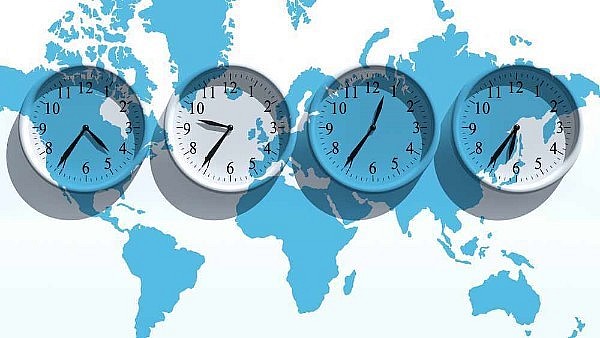 |
| Photo G8travel tips |
2014 saw four time zone modifications in Egypt
Due to Egypt's ongoing energy crisis and the ensuing blackouts in the nation's capital, Cairo, DST was just resumed after being canceled in 2011. On May 15, clocks were set ahead by an hour, but they were set back for the Muslim holiday of Ramadan at the end of June.
Towards the conclusion of Ramadan, the clock purportedly advanced once more, but at the end of summer, it allegedly reverted.
Evidently, nobody made appointments with a doctor in Egypt last summer.
Turks and Caicos switched their time zone
Turks & Caicos Islands shifted time zones in 2015 to take advantage of the sunshine. The Caribbean experienced an hour's time change for Daylight Savings
When the clocks skipped ahead an hour for Daylight Savings, the Caribbean island moved from Eastern Standard Time, which British Overseas Territories traditionally observed, to Atlantic Standard Time. Basically, they abandoned the British to enjoy even MORE time in the sun (as if they don't have enough already!) and later sunsets. Sounds like a worthwhile trade.
 What Time Is It In Hawaii? What Time Is It In Hawaii? How many time zones and what time is it in Hawaii? Scroll down to explore the information about time in Hawaii |
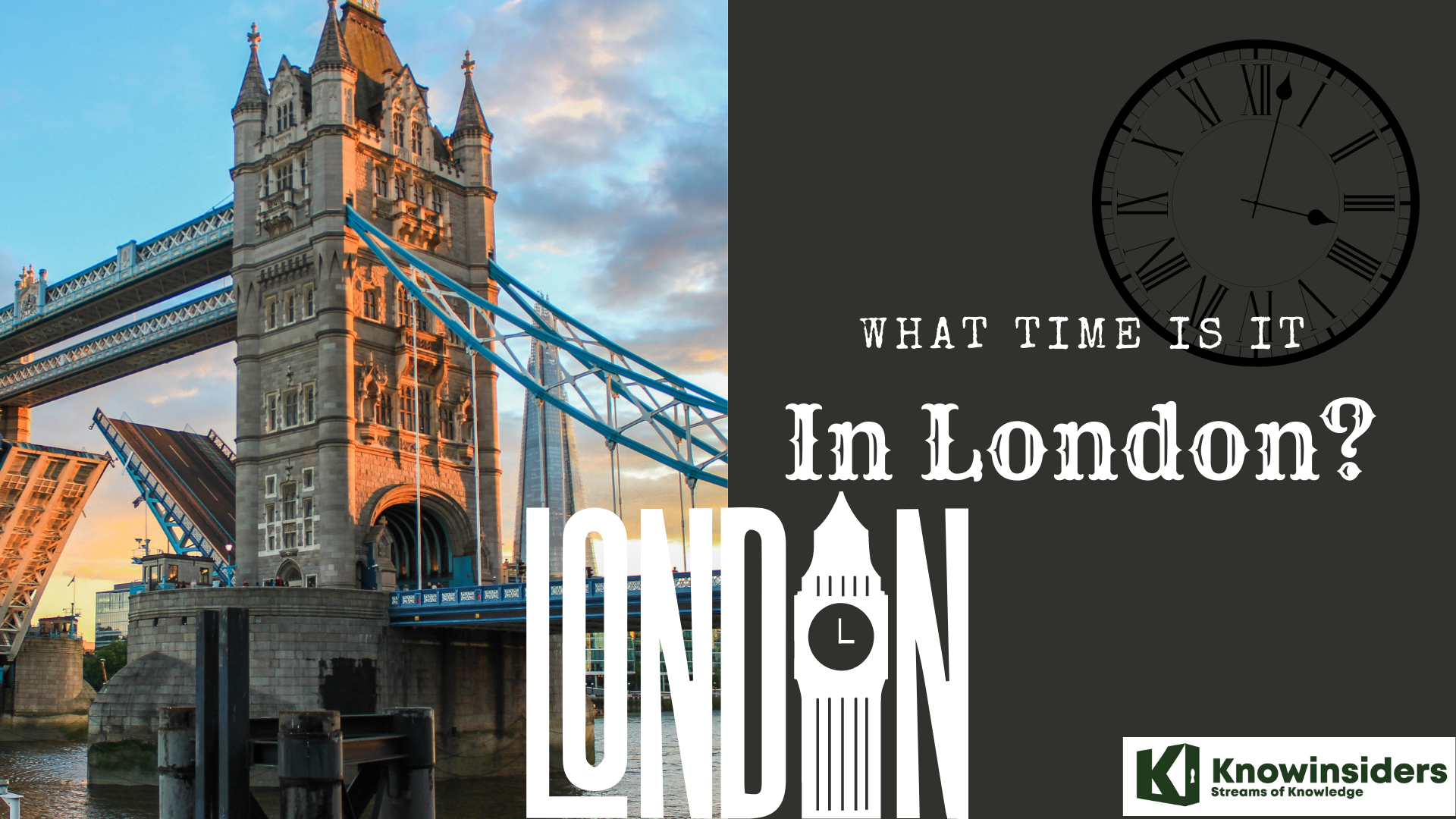 What Time Is It In London: Time Zone, Time Difference and Clock What Time Is It In London: Time Zone, Time Difference and Clock Check out the detailed guide on London's time zone, time difference and clock. What time is it in London? |
 How Many Time Zones Are in The US? How Many Time Zones Are in The US? Scroll through to find out how many time zones are in the US and which states have more than one time zone. |
























